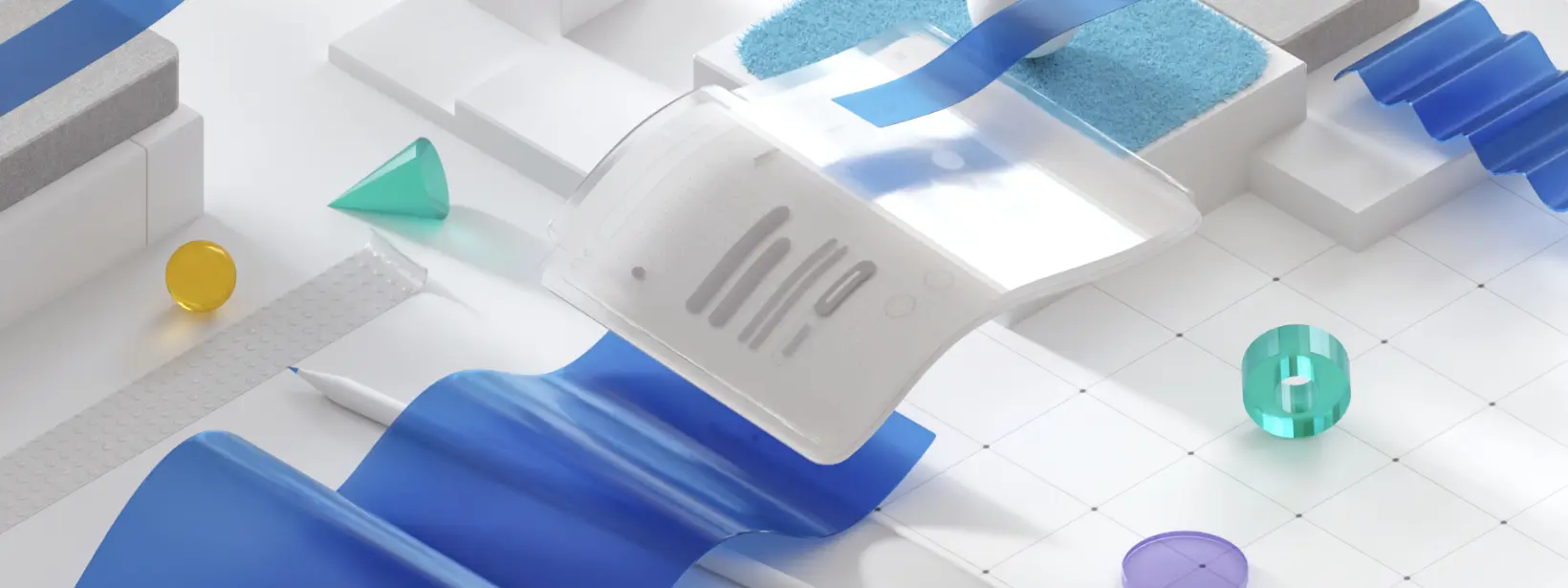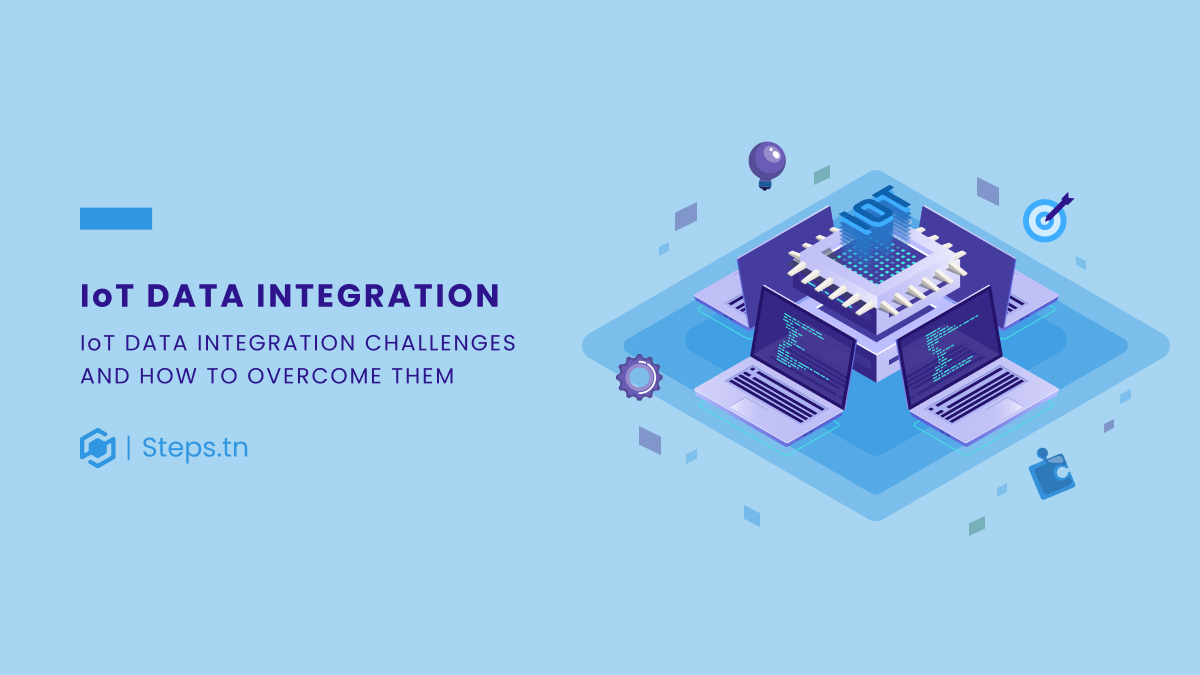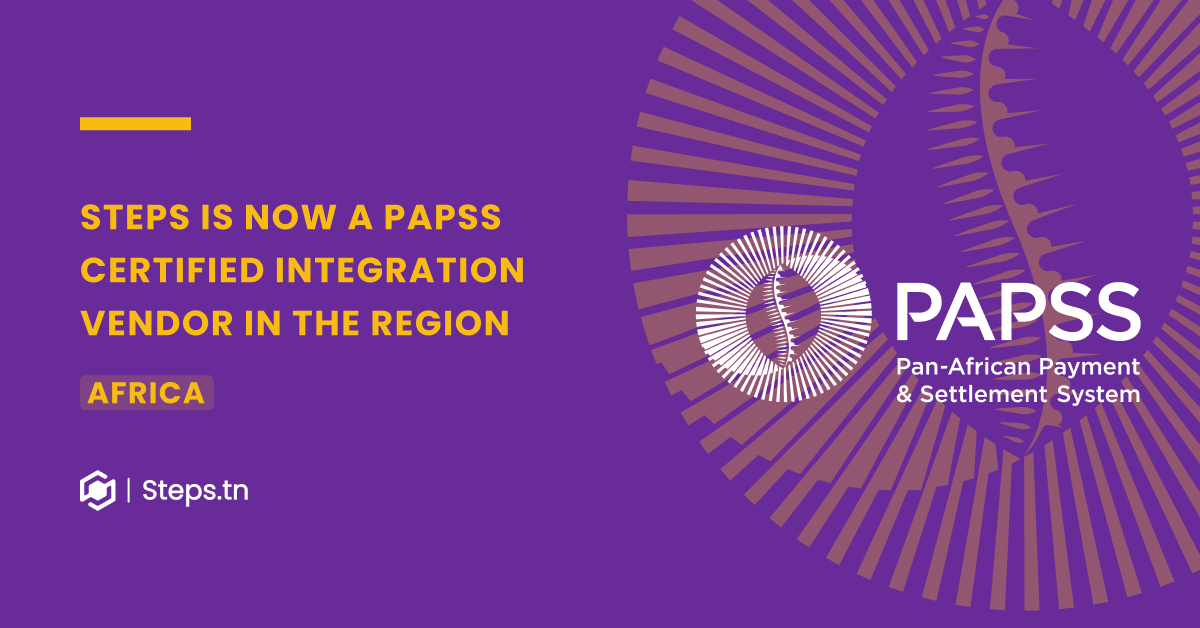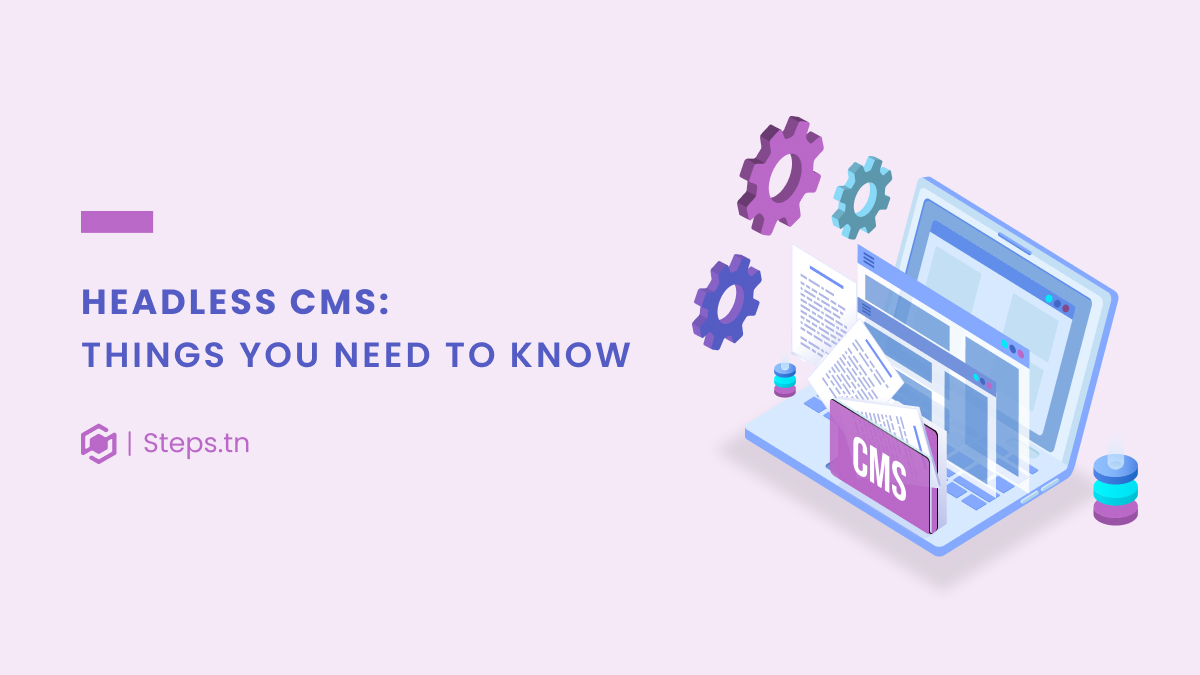In today’s hyper-connected world, the Internet of Things (IoT) plays an important role in shaping our daily lives. Not only smart homes and wearable devices but also industrial sensors and autonomous vehicles. IoT has started a new era that revolves around data. With the rapid increase of IoT devices, the amount and diversity of data generated are incredible. However, the real value of this data lies in how to integrate, manage, and analyse it. Furthermore, in a world where cybersecurity is more important than ever, the biggest challenge in IoT lies in data security and privacy. IoT data integration comes into play in order to deal with all these challenges.
Defining IoT Data Integration
IoT data integration is the process of collecting, and analysing data from various IoT devices, sensors, and systems. This gives us new perspectives, predictions, or facilitate decisions. IoT involves handling diverse data types, processing real-time data streams, analysing that data, and making different devices and platforms work together seamlessly.
That’s why IoT data integration is crucial. It ensures the success of IoT applications and unlocks their full potential. In this article, we will discuss the importance of IoT data integration, explore the common challenges it presents, provide innovative solutions, and discuss future trends that could change the IoT realm even further.
The Importance of IoT Data Integration
Data is simply the fuel of the IoT world. Without it, IoT would not be a thing. It is the single thing that allows cohesion between the different devices and sensors. That’s why IoT data integration has a lot of benefits, such as:
- Improved Decision-Making: Integrating data from various IoT sources allows you to always be able to make better decisions. This could be from devices such as temperature sensors, GPS devices, security cameras, and more. The real advantage here is that you get real-time data analytics, which will allow you to make quick decisions even in changing conditions.
- Operational Efficiency: By integrating data in IoT, you will also be able to streamline your workflows. You will be able to both reduce downtime and optimise your resource management.
Challenges in IoT Data Integration
While it is clear that IoT data integration has multiple benefits, it also has some challenges. It is important to be able to manoeuvre around these challenges in order to succeed.
- Data Variety: IoT devices generate tons and tons of data. Sometimes, managing this data can be tough, especially with the different types of data available. The data can be both structured and unstructured. Dealing with data such as images, videos, or data from GPS sensors can be a challenge.
- Data Volume: The sheer quantity of the data can also be a challenge. Nowadays, sensors generate incredible amounts of data, and scalable solutions need to be used in order to be able to store and manage that data.
- Data Velocity: As mentioned previously, IoT devices can produce real-time data. Handling this data in order to make decisions with it is crucial.
- Data Security and Privacy: Cybersecurity is now more important than ever, and that is no different in IoT data integration. Protecting the data and sensitive information is essential.
- Interoperability: To have a successful IoT ecosystem, it is essential for your IoT devices to work seamlessly together. This can be a challenge, especially if the devices are from different sources.
Solutions for IoT Data Integration
Evidently, a challenge wouldn’t be called a challenge without having solutions. So let’s explore these solutions:
- Data Variety: You have to adopt flexible data models and a “schema-on-read” approach. Schema-on-read is an approach that only creates a schema of the data when it’s read. This will allow you to interpret diverse data types dynamically.
- Data Volume: The solution for more data is simple. More storage and more powerful machines that can deal with this data. The storage needs to be scalable so that it can be upgraded as the volume of data grows. That’s why cloud-based platforms are unquestionably the best options for this.
- Data Velocity: Stream processing and edge computing are the go-to in order to handle real-time data streams efficiently. These technologies will allow you to make quick analyses and decisions.
- Data Security and Privacy: For better security, implement encryption, authentication, and access control measures to safeguard the data. Additionally, this also protects your information. Compliance with data protection regulations is essential.
- Interoperability: Use standard protocols and APIs to enable communication and interoperability between the different IoT devices and platforms. For devices with external sources, carefully read integration documentation in order to know how to integrate it seamlessly.
Implementation in a Real World Scenario
A project that we worked on that shows exactly how to deal with the IoT challenges is DIS. DIS is a project that focused on minimising non-revenue water, which is water that is put in the distribution systems, but not billed to the customer. This is due to leakages. In this project, we dealt with all the challenges listed above.
We had a large variety of data, from data sets to locations, to satellite images. We also dealt with a large volume of data, with water systems from various locations, and hundreds of sensors sending real-time data. A scalable solution was the only way to ensure the project’s success. As we were dealing with real-time data, stream processing was used to ensure efficiency. Additionally, as we were dealing with a lot of different sensors and technologies, a lot of effort went into connecting them with the necessary API. Finally, we took a lot of measures to make sure the data and information were safe and protected.
With all those challenges, the project was successful and resumed in 4 steps. Data from the sensors and devices that went through the IoT providers to then be able to get sent to us. After that, we get the data and analyse it, in order to finally be able to show it on dashboards that will clearly show where the leaks are.
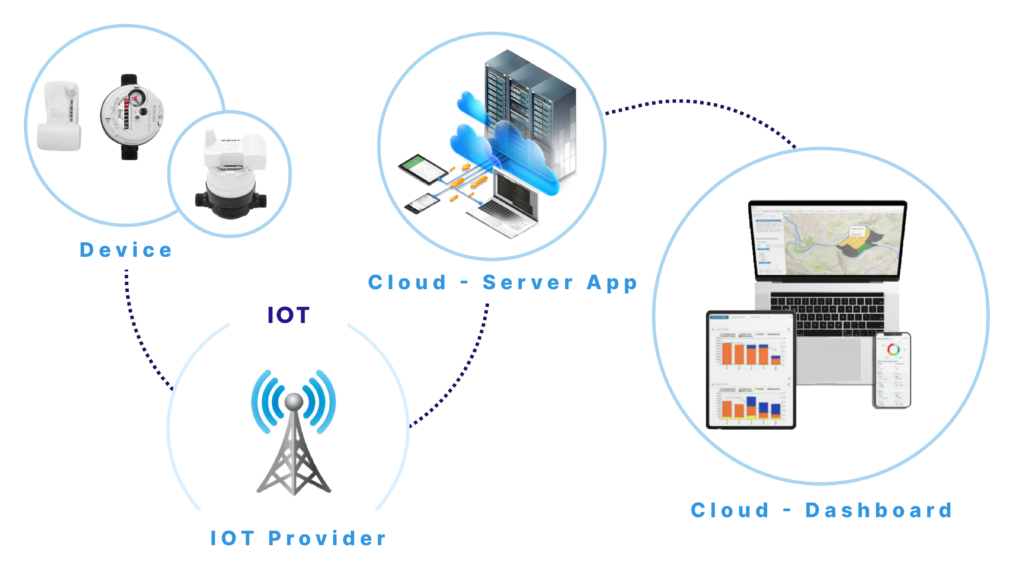
Future Trends in IoT Data Integration
Even with all the current advancements in IoT data integration, the industry can still reach new heights. Here are some trends that could shape the industry in the future:
- AI and Machine Learning: AI and Machine Learning are developing exponentially right now, and the ceiling is higher than ever. Eventually, they would be able to completely integrate and analyse the data on their own.
- 5G Connectivity: 5G networks will facilitate data transfers. Furthermore, it will enable faster and more reliable connections and communication between IoT devices.
- Integration with the IoT: IoT ecosystems will only get increasingly complex. We’ll go from smart houses, to smart cities, to entire smart grids. The sky’s the limit.
Conclusion
In conclusion, IoT data integration is what connects the diverse and voluminous data generated by IoT devices and sensors. It’s what allows us to understand and use that data. Understanding the challenges it poses and implementing innovative solutions is crucial for unlocking the full potential of IoT. Without understanding the challenges and how to deal with them, it won’t be possible to be successful in the IoT world. As for the future, it looks like a promising future for IoT data integration, with AI, 5G, and an endless realm of possibilities.
We hope that by reading this article, you were able to not only understand the points discussed but that you will also be able to use them for your IoT projects. And at STEPS, we are here to help you at every step of the way. Contact us now to elevate your business with IoT data integration!
